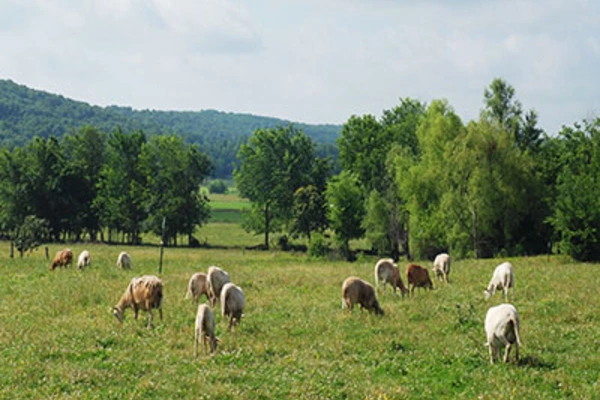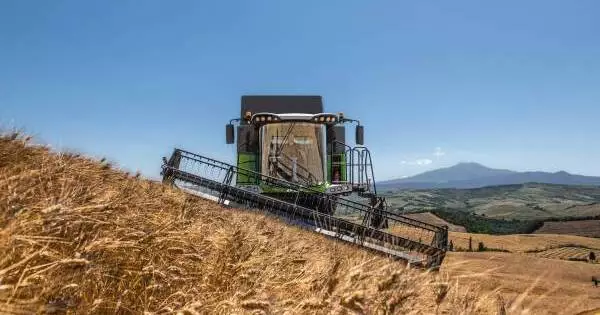According to researchers, rewilding landscapes with elements of farming practice can help restore ecosystems and produce high-welfare, high-quality food. According to the researchers, ‘agricultural rewilding’ can also help to alleviate concerns about the impact of rewilding on livelihoods and produce “win-win” environmental and human benefits.
Agricultural rewilding is the practice of restoring ecosystems through the introduction, management, and production of livestock using domestic species (typically hardy, native breeds) as analogues for their wild counterparts.
Researchers believe that combining rewilding and agriculture in this way addresses some of the key concerns about rewilding, such as the exclusion of people and agricultural work from the land, as well as a reduction in food self-sufficiency. It can also help to produce high-quality, high-welfare, high-value meat that is environmentally, ethically, and economically sustainable.
Rewilding is traditionally used to restore damaged ecosystems by removing or reducing human intervention in a landscape. According to the researchers, agricultural rewilding can provide ecological benefits such as habitat restoration, tree planting, and natural flood management while still allowing for human land management.
Agricultural rewilding offers the potential for win-win scenarios in which biodiversity is increased and ecosystems are restored, as well as active human intervention in landscapes and the provision of financially and environmentally sustainable livelihoods.
Dr. Thomas
The paper was first presented at the European Society for Agricultural and Food Ethics conference and is now available in the book Transforming Food Systems: Ethics, Innovation, and Responsibility. Virginia Thomas of the University of Exeter, England, and Aymeric Mondière, Michael Corson, and Hayo van der Werf of the French National Research Institute for Agriculture, Food, and the Environment collaborated on the study.
“Agricultural rewilding offers the potential for win-win scenarios in which biodiversity is increased and ecosystems are restored, as well as active human intervention in landscapes and the provision of financially and environmentally sustainable livelihoods,” Dr. Thomas stated.
“Agricultural rewilding can potentially have biodiversity benefits over those of conventional rewilding since it can create and maintain habitats which may be lost in “hands-off” rewilding practices and whose loss would pose a threat to habitat-specialist species.”

“Furthermore, extensive farming as part of agricultural rewilding offers an advantage over more intensive agriculture in that animals can be kept in naturalistic conditions and in accordance with high welfare standards.”
“Domestic livestock can be present in the landscape, restoring biodiversity and regenerating ecosystem function while also contributing to agricultural production where their lives are lived to high welfare and environmental standards and their deaths provide high-quality meat, thereby contributing to food self-sufficiency and reducing food production outsourcing to systems with higher environmental impacts. Meanwhile, livestock management allows for ongoing active human intervention in the landscape, supporting rural livelihoods and communities.”
The researchers also looked into possible restoration strategies for mined areas, particularly topsoil conservation. Because restoring soil health after mining is a time-consuming and expensive process, they emphasize the importance of topsoil conservation practices, such as moving topsoil prior to mining and storing it separately to preserve nutrients and seeds, so that it can be returned to the mining site when the operations are finished.
The researchers also discovered that certain plant species are better suited to surviving mining-related soil conditions. Integrating natural regeneration strategies with the purposeful reintroduction of these hardy plants, they say, increases the likelihood of restoring degraded areas to forest. As surface mining expands throughout the tropics, the authors emphasize the importance of ongoing on-the-ground restoration research to aid in the recovery of tropical forests.














